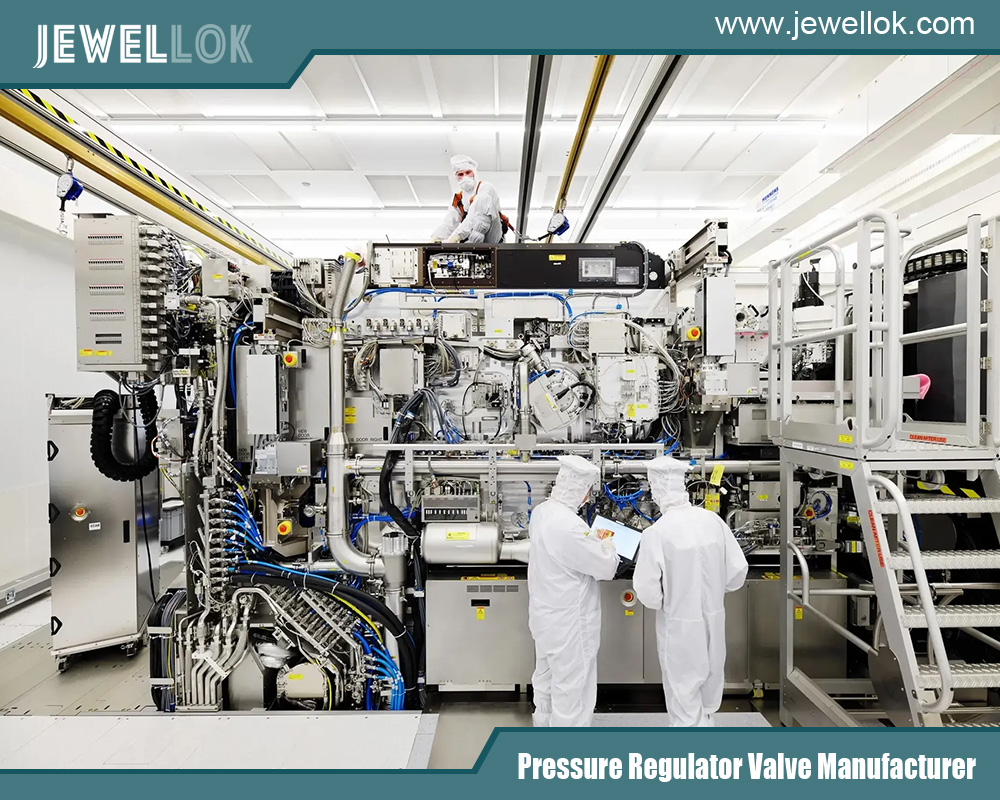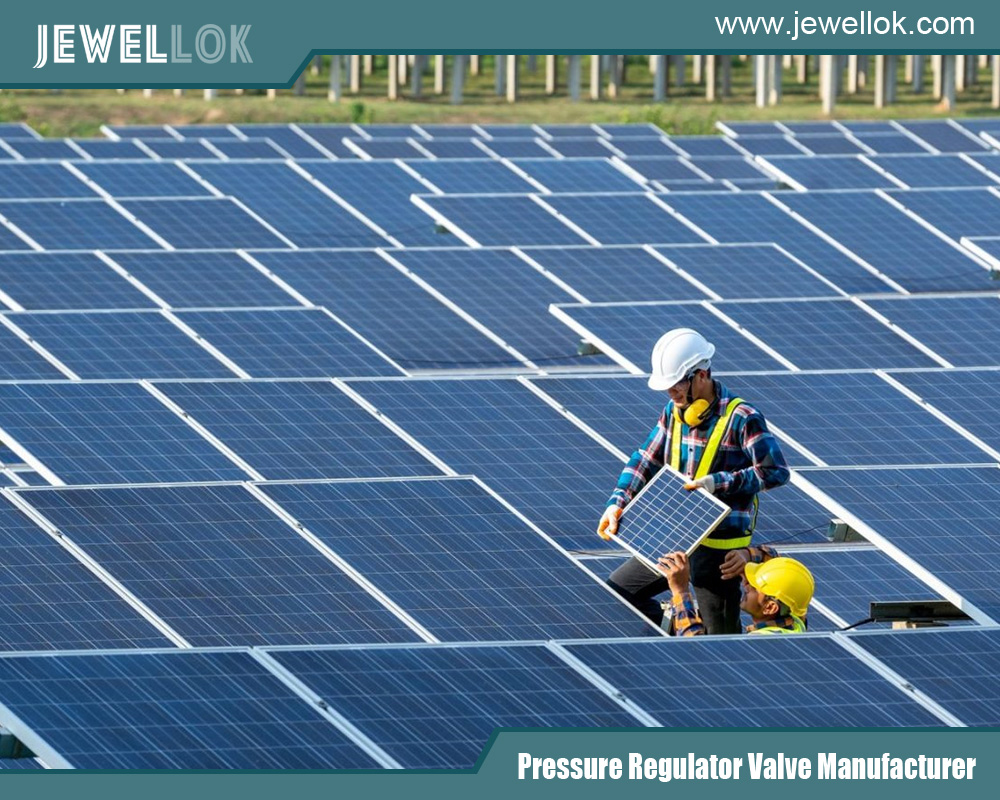Blog
Jewellok is a professional pressure regulator and valve manufacturer and supplier.
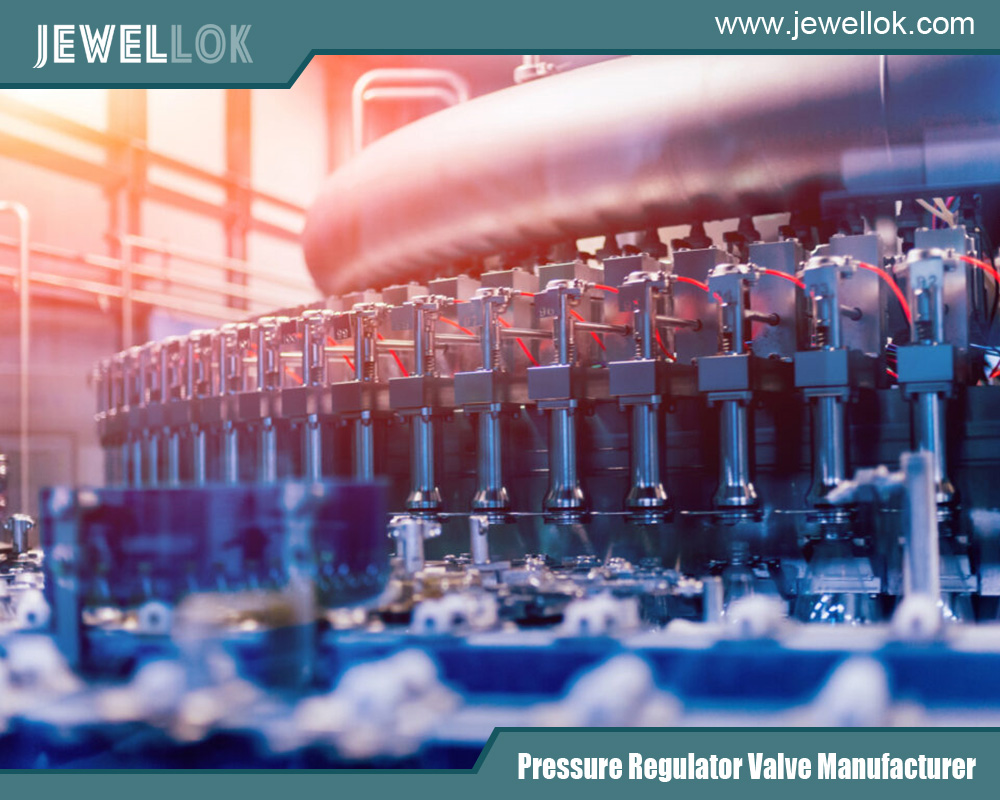
Understanding High Pressure Stainless Steel Regulators: Key Features and Applications
- Pressure Regulator Valve Manufacturer
- 1 1 2 gas pressure regulator, 1 2 gas regulator, 1 2 propane regulator, 1/2 gas pressure regulator, 12v electric valve, 2 electric valve, 825/25, adjustable propane pressure regulator, electric water valve, fluid system components, gas cylinder, gas pressure regulator how it works, gas regulator, gas used in semiconductor chip manufacturing, high pressure argon regulator, high pressure flexible hose pipe, high pressure stainless steel regulators, high pressure stainless steel regulators factory, high pressure stainless steel regulators hotsale, high pressure stainless steel regulators manufacturer, high pressure stainless steel regulators supplier, high pressure stainless steel regulators wholesale, how a regulator works, how gas pressure regulator works, how pressure regulator works, lab fittings exporter, pressure regulator, pressure safety valve vs relief valve, propane pressure regulator valve, relief valve and safety valve difference, valve manifold box, water valve timer, what is a flame arrestor
- No Comments
Understanding High Pressure Stainless Steel Regulators: Key Features and Applications
In various industrial, scientific, and commercial settings, regulating the pressure of gases and liquids is crucial for safety, efficiency, and performance. The High Pressure stainless steel regulator is one of the most reliable devices. These regulators are designed to control the flow and pressure of gases or liquids from a High Pressure source to a desired, lower pressure that is safe and optimal for specific applications. Stainless steel, known for its strength, durability, and resistance to corrosion, is a preferred material for manufacturing these regulators. This article will explore the key features, benefits, and applications of high pressure stainless steel regulators and best practices for their use and maintenance.
What is a High Pressure Stainless Steel Regulator?
A high pressure stainless steel regulator is a mechanical device that controls the pressure of gases or liquids in a system. It reduces the high input pressure from a source (such as a cylinder, tank, or pipeline) to a stable, lower output pressure, which is necessary to operate equipment or processes downstream safely. These regulators are constructed with stainless steel to offer superior performance in environments where harsh conditions, such as high temperature, corrosive substances, or high-stress conditions, may be present.
Critical Components of a High Pressure Stainless Steel Regulator
- Pressure Gauge: This indicates the input and output pressures, helping operators monitor and adjust the flow.
- Regulator Valve: The valve controls gas or liquid flow from the High Pressure inlet to the Low Pressure outlet.
- Diaphragm or Piston: These components sense the pressure and adjust the valve accordingly to maintain the desired output pressure.
- Spring Mechanism: Springs are often used to provide the mechanical force that adjusts the valve’s position in response to changes in pressure.
- Stainless Steel Body: The housing and components are made from stainless steel, which provides robustness and resistance to corrosion, especially in demanding environments.
The Advantages of Stainless Steel in High Pressure Regulators
Stainless steel is the material for many high pressure regulators due to its numerous advantages. Here’s why:
- Corrosion Resistance: Stainless steel’s natural resistance to rust and corrosion makes it ideal for use in aggressive environments, such as chemicals, high humidity, or exposure to extreme temperatures.
- Durability: Stainless steel is known for its long lifespan and ability to withstand High Pressure conditions without losing integrity.
- Strength: Stainless steel can endure high mechanical stress without deforming, making it perfect for High Pressure applications.
- Hygienic Properties: Stainless steel’s hygienic properties are crucial for industries such as food processing, pharmaceuticals, and biotechnology, which require avoiding contamination.
- Temperature Resistance:Stainless steel maintains its mechanical properties even at elevated temperatures, essential in industries such as oil and gas, power generation, and metallurgy.
Applications of High Pressure Stainless Steel Regulators
High pressure stainless steel regulators are versatile and used in various industries. Here are some key areas where these regulators are critical:
Oil and Gas Industry
In the oil and gas sector, High Pressure stainless steel regulators control the flow of gases like natural gas, nitrogen, or oxygen in pipelines, refineries, and drilling operations. They ensure equipment operates safely by controlling the pressure entering sensitive systems such as pumps, valves, and compressors.
- Pressure regulation in gas distribution systems
- Regulating the flow of gases in refinery operations
- Safe operation of High Pressure pipelines and equipment
Medical and Laboratory Applications
In medical and laboratory settings, precise gas pressure control is essential for ensuring the correct operation of equipment such as gas cylinders, anesthesia machines, and scientific instruments. Stainless steel regulators are particularly beneficial in these environments because they maintain purity and provide the necessary accuracy under pressure.
- Gas supply systems for medical facilities
- Laboratory experiments requiring precise gas flow regulation
- Anesthesia machines and respiratory equipment
Industrial Manufacturing
Manufacturing processes such as welding, cutting, and metalworking require delivering gases at specific pressures. High pressure stainless steel regulators help maintain these pressures, ensuring both safety and the efficiency of operations. Stainless steel’s durability also ensures longevity in harsh environments with high wear and tear.
- Gas regulation for welding and cutting operations
- High Pressure systems in manufacturing and assembly lines
- Control of gas mixtures in industrial processes
Aerospace and Aviation
In the aerospace industry, High Pressure stainless steel regulators are used in fuel and oxygen systems, which require highly accurate pressure control. Stainless steel’s strength, lightweight properties, and corrosion resistance make these regulators suitable for extreme operating conditions in space exploration and aviation.
- Fuel pressure regulation for aircraft
- Oxygen systems for crew and passengers
- Pressure control for spacecraft operations
Chemical and Petrochemical Industries
The chemical and petrochemical industries often deal with volatile, hazardous gases and fluids that require precise control. High pressure stainless steel regulators help manage the safe flow of these substances through pipelines and processing systems.
- Pressure control in hazardous chemical processes
- Safe handling of High Pressure gas or liquid in reactors and storage tanks
- Ensuring optimal pressure in gas chromatographs and analytical systems
Key Features to Consider When Choosing a High Pressure Stainless Steel Regulator
When selecting a High Pressure stainless steel regulator, it’s essential to consider the application’s specific requirements. Here are some factors to keep in mind:
Pressure Range
High Pressure stainless steel regulators come in various pressure ranges. It’s crucial to choose one that matches your system’s input and output pressure specifications. Some regulators are designed for ultra-High Pressure systems, while others are suited for moderate to Low Pressure applications.
- Low Pressure Regulators: Ideal for applications that require steady, Low Pressure gas or liquid flow.
- High Pressure Regulators: Suitable for systems needing precise control of High Pressure gas or liquid.
Flow Capacity
The regulator’s flow capacity determines how much gas or liquid it can control. Choose a regulator that can handle the required flow rate without affecting system performance. Flow capacity should be chosen based on the system’s consumption needs and expected pressure fluctuations.
- High Flow Capacity: Necessary for applications with high gas or liquid demand.
- Low Flow Capacity: Adequate for smaller, more specialized systems.
Material Compatibility
Although stainless steel is highly durable, it’s essential to consider its compatibility with the specific gas or fluid in use. Certain chemicals or aggressive substances may require regulators with specialized seals or additional coatings for optimal performance.
- Corrosion-Resistant Seals: Necessary for aggressive chemicals.
- Compatibility with Specific Gases: Such as oxygen, hydrogen, or nitrogen.
Size and Mounting Options
Regulators come in various sizes, so it’s essential to choose one that fits the system’s space requirements. Consider mounting options, especially if the regulator is part of a larger assembly or system.
- Compact Size: Suitable for systems where space is limited.
- Mounting Brackets:Ensure the regulator can be securely mounted for stability.
Accuracy and Adjustment Mechanisms
Precision is essential in many applications. Look for a high pressure stainless steel regulator with refined adjustment capabilities and consistent output pressure. Regulators with fine-threaded adjustment knobs or digital pressure controllers can provide higher levels of accuracy.
- Fine Adjustment Knob: Provides precise control over output pressure.
- Digital Pressure Regulators:Offer automated, accurate pressure management.
Maintenance and Safety Considerations
Proper maintenance is essential to extend the life of high pressure stainless steel regulators and ensure their continued performance. Here are some best practices:
- Regular Inspection: Regularly check for signs of wear, corrosion, or leaks.
- Cleanliness:Ensure the regulator is free from dirt, debris, and chemical build-up.
- Pressure Relief Valves: Make sure relief valves function correctly to prevent over-pressurization.
- Proper Storage: Store regulators in a dry, clean, and safe environment to avoid damage.
- Calibration: Periodically calibrate the regulator to ensure accurate pressure control.
Conclusion
High pressure stainless steel regulators are indispensable in various industries, from oil and gas to medical and manufacturing. Their strength, durability, and corrosion resistance make them ideal for managing High Pressure gases and liquids safely and efficiently. Organizations can ensure the longevity and reliability of their pressure control systems by understanding the key features, applications, and considerations when selecting and maintaining these regulators. Whether you’re working with oxygen in a hospital, fuel in aerospace, or chemicals in manufacturing, choosing the proper high pressure stainless steel regulator is critical for operational safety and efficiency.
For more about understanding high pressure stainless steel regulators: key features and applications, you can pay a visit to Jewellok at https://www.jewellok.com/ for more info.
Recent Posts
Tags
Recommended Products
-
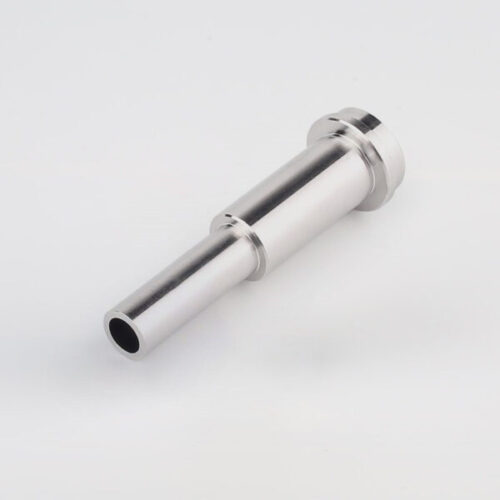
Long Gland LG Series For Ultra High Purity Gas And Chemical Delivery Systems
-
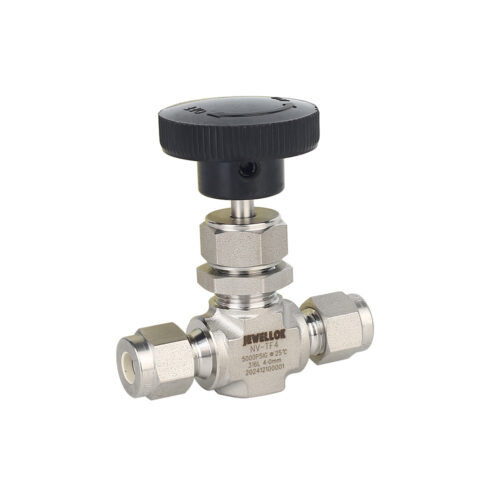
High Purity High Pressure Stainless Steel Needle Valve Natural Gas Flow Control Valve JNV Series
-
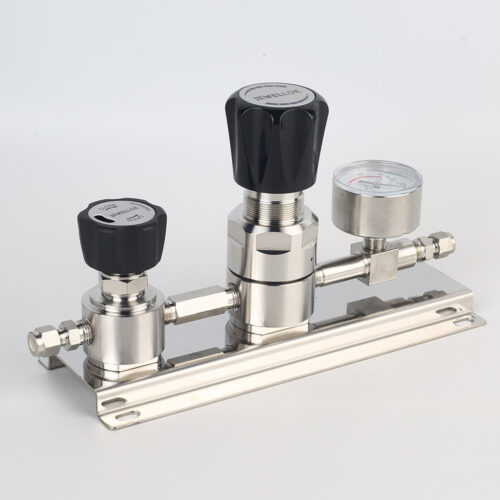
High Purity High Flow Pressure Control Regulators & Valves Gas Stick Assemblies JSR-2TG Series
-

Low Pressure High Flow Line Pressure Regulators And Control Valves JSR-4L Series For Laboratory Pressure Control
-
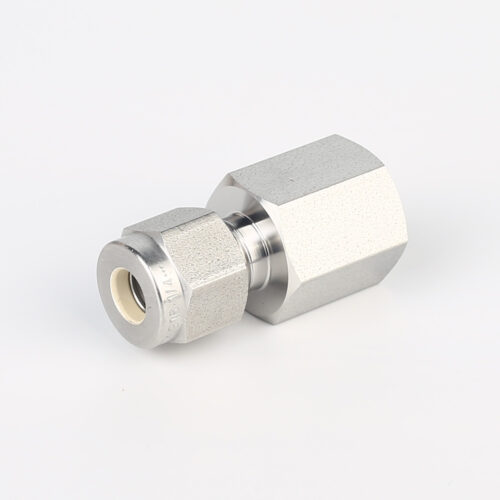
766L High Purity Female Connector UHP Fitting Female Connector
-
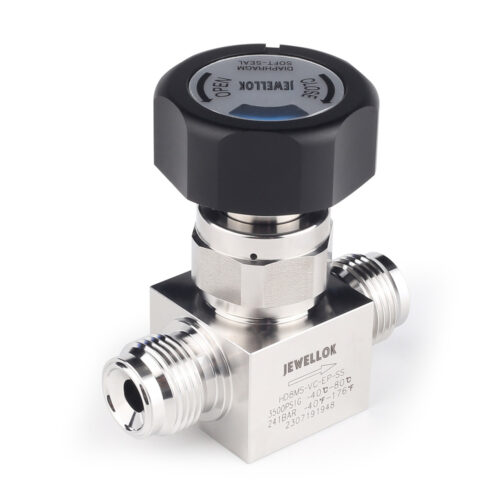
Stainless Steel Ultra High Purity (UHP) High Pressure Manual Diaphragm Valve
-
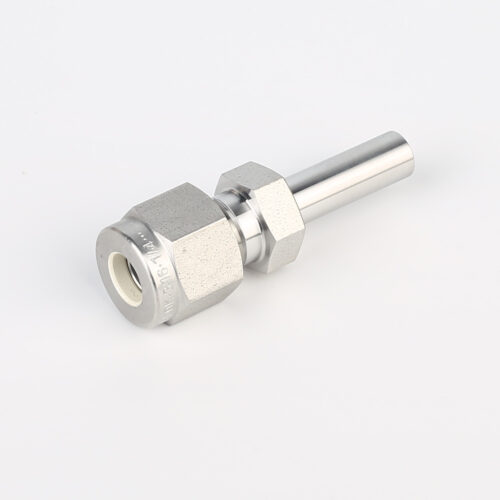
767LT Reducer Pressure Reducing Valve Adjustment High purity Pressure Reducing Union Fittings And Tubing
-
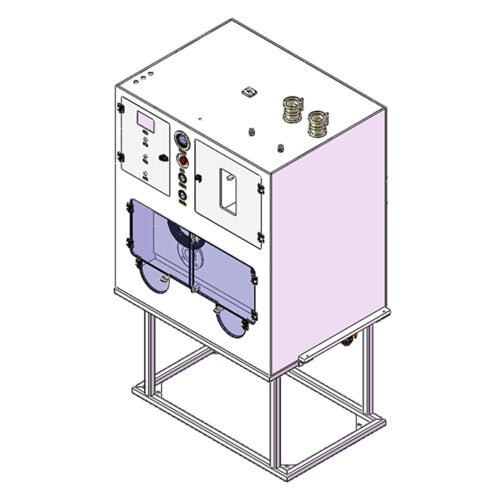
Clean Connection Cabinet JW-300-CCB Valve Manifold Box And Control Valve Box
